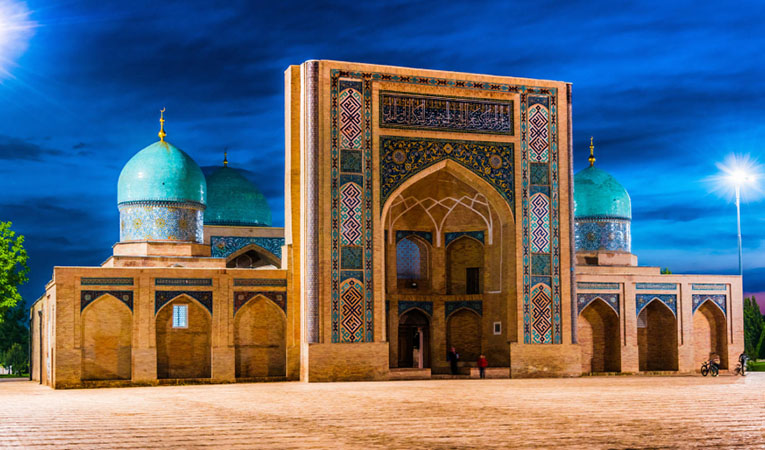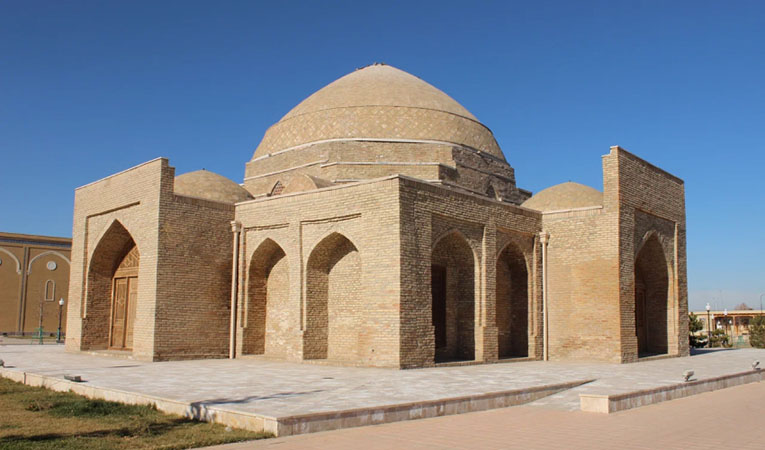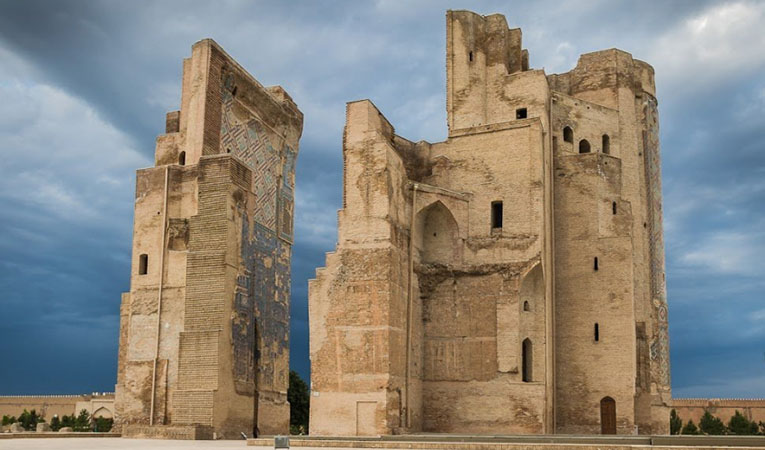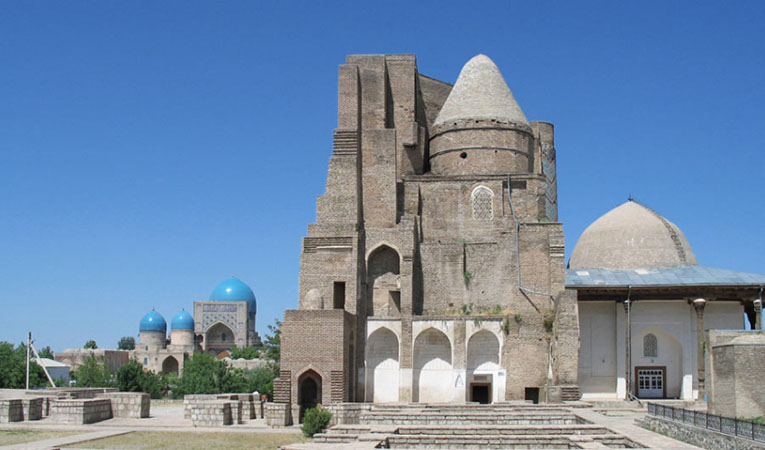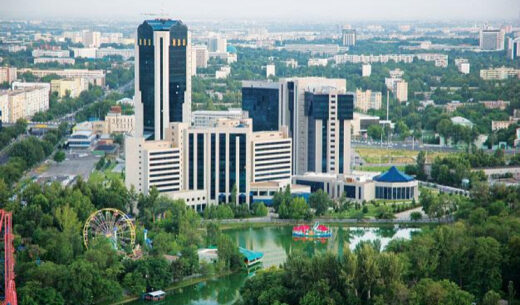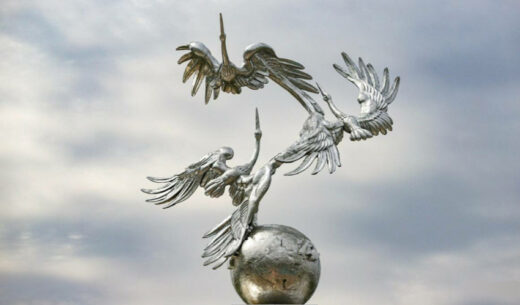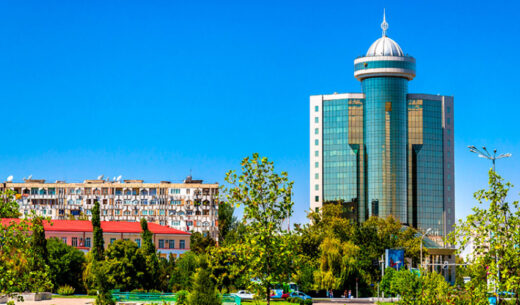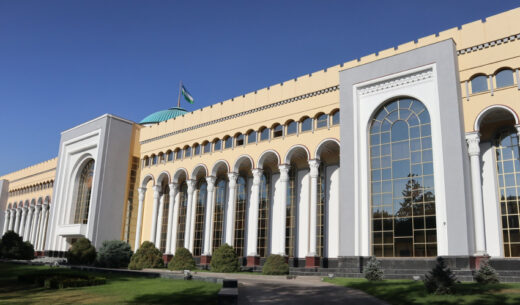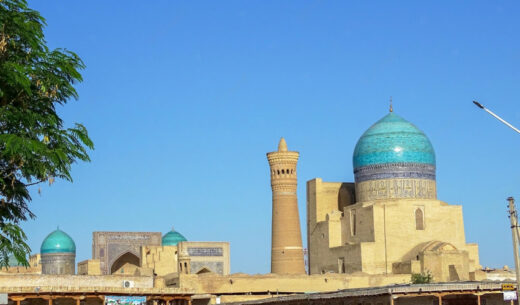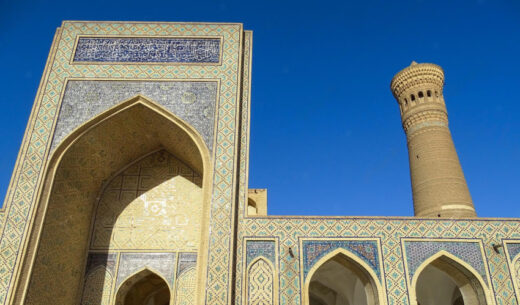UZBEKISTAN INTERNAL TOURISM
Welcome to the unique country with magnificent architecture and ancient traditions.
Uzbekistan is our sunny country where the legends of oriental fairy tales come true, and the beautiful people will gladly share these stories with YOU!
The Republic of Uzbekistan – the heart of Central Asia, it is known for its many architectural monuments, natural landscapes, majestic ancient palaces, ruins of the fortresses of past cultures, fine cuisine and famous craft shops. Our ancient cities leave no one indifferent who decides to visit them once!
UZBEKISTAN INTERNAL TOURISM
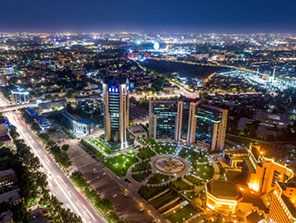
Tashkent is the capital of a young and independent state, which is the largest city in the region. Besides it is political, business, scientific and cultural center of Uzbekistan. Tashkent is more than 2000 years old. Its names have changed many times over the centuries: Chach, Shash, Binket. All these words were transformed from the Turkic word “Tash” (stone), which gave the name to Tashkent (meaning “stone settlement”). In fact, the city appeared at the crossroads of the mountain roads, which played an important role in the trade between East and West. At that time, Tashkent was a citadel, which repelled the attacks of nomadic tribes. But at all times, Tashkent remained and still remains an important international transport center.
Archaeological excavations have indicated that Tashkent at that time was part of an ancient city that continued to exist as a developing commercial and cultural center of the East. Unfortunately, many historical monuments were destroyed after the revolution of 1917.
Unique historical monuments, including the Kukeldash Madrasah and the Barak Khan Madrasah, built in the 16th century, have been preserved to this day. In 1966, Tashkent suffered a devastating earthquake that left half the city in ruins. Just a year later Tashkent was rebuilt and the city became even more beautiful!
Today Tashkent is one of the world’s scientific and cultural centers. The Academic Theatre of Opera and Ballet is unique in its architecture and interior decoration. The theater square with its magnificent fountain adjacent to the theater is a favorite resting place for Tashkent residents and guests of the capital.
More than 20 museums have been built in Tashkent, including the Fine Arts Museum of Uzbekistan, one of the largest in Central Asia. The Tashkent Metro, lined with marble, granite and ceramic tiles, will leave an indelible impression on visitors to the Republic. Decorated in oriental style, the Tashkent Metro is deservedly recognized as one of the most beautiful subways in the world.
The capital of the Uzbek state has changed significantly over the years of independence: many beautiful fountains have been built to decorate the squares and parks of the city, new buildings are decorated in the national style, international airports and train stations have been reconstructed to provide passengers with high quality services both on the ground and in the sky.
You can find in Tashkent:
- The Independence Square;
- The Independence Monument;
- The Academic Opera and Ballet Theater;
- The Japanese Garden in Tashkent;
- Zangi-Ata Mosque;
- Kukeldash Madrasah;
- The Monument to Amir Temur;
- The Monument to the Grieving Mother;
- The Tashkent TV Tower;
- Catholic Church
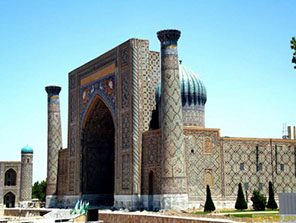
Samarkand is one of the ancient cities of the world, which stands along with Rome, Athens and Babylon, it is the most popular tourist center both of Uzbekistan and the whole Central Asia. Samarkand has been formed in the middle of I century B.C., at first it was called Marshanda, later Afrosiab. Its heyday came during the reign of the Great Timur (Amir Timur), who was born just in Samarkand. Sahibkiran (Amir Timur’s titul) made Samarqand the capital of his Great Empire, which stretched from the Indus River to the Bosporus.
For many years Registan Square has been and remains the center of Samarkand. As history tells us, many centuries ago, a small river crossed the square where the first madrasah was built. Years passed, the river dried up, leaving only sands in its place. The first madrasah was formed in the 15th century on that place, giving the square its name “Registan” (meaning “sandy spot”). Since that time, all celebrations, festivals and Sunday bazaars were held only at this place.
You can find it in Samarkand:
- Shahi-Zinda Mausoleum;
- Gur-Emir Mausoleum;
- Juma Mosque (Friday Mosque);
- Mirzo Ulugbek Observatory;
- Registan Square;
- Mausoleum of Prophet Daniel;
- Ak-Saray Palace (White Palace).
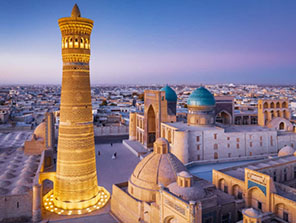
Bukhara is one of the oldest cities in Uzbekistan, situated on a sacred hill. It is one of the few cities that have appeared and developed in the same place since the 5th century B.C. Bukhara was mentioned in the Sacred Book of Zoroastrianism “Avesta”. The name Bukhara comes from the word “vihara,” which means “monastery” in Sanskrit. It is the only city in Central Asia where the unique historical atmosphere has been preserved. Bukhara is a city-museum: more than 140 architectural monuments of world significance, built in different centuries, have been preserved up to now. Its ancient walls preserve the memories of 25 centuries.
Once more Bukhara was restored, turning the city into a fertile oasis, a scientific and cultural center on the Great Silk Road. Trade domes built in the XV-XVI centuries, such as Toki Sarrafon (Domes of exchange offices), Toki-Telpan-Furushon (Domes of sellers of headdresses), Toki-Zargaron (Kupala of jewelry), the location of such domes is a good indicator of the location of the city, just, at the crossroads of caravan routes.
Many scholars and philosophers were from Bukhara. It was there that the great Sheikh Bohuddin Naqshbandi lived. He was a central figure in the development of Sufi philosophy, religion and Islam.
The main part of the center of Bukhara is called the “architectural district” former madrasah buildings are located here, including the Shor-Minor Madrasah and Ark Citadel, Ulugbek Madrasah and Kukeldash. Walking along the narrow and shady streets, anyone can reach Poi Kalyan Square, where the minaret of Kalyan with its brilliant engineering structure, reaching 47 meters in height, is located.
The number of places, mosques, mausoleums and minarets cannot leave you indifferent with their beauty, presenting the ancient city, unforgettable in its history and splendor.
You can find it in Bukhara:
- Varaksha Palace;
- Magoki-Attari Mosque;
- Modira Khan Madrassah;
- Kukeldash Madrasah;
- Mausoleum of Ismail Samani;
- Kalyan Minaret;
- Ulugbek Madrasah;
- Baland Mosque;
- Miri-Arab Madrasah;
- Shor-Minor Madrasah.
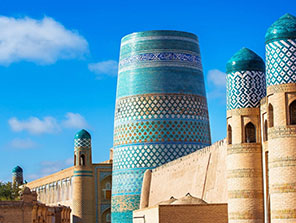
Khiva appears to us as a city from a fairy tale. The center of Khiva in the 17th century is Khanat, it still retains the exotic flavor of a medieval city, which time has not destroyed.
There is a Legend which tells that Khiva was formed at a time when Shem, son of Noah discovered wealth here. People began to call the place Khivak, which was renamed Khiva.
Khiva, the pearl of the Khorezm oasis, impresses everyone with its beauty. Full immersion into the past, narrow walled streets – this is Khiva. Here you can hear the sounds of past centuries: shouts of traders, bargaining, noise of craft shops, calls to evening prayers.
You can find it in Khiva:
- Ichan Kala;
- Friday Mosque;
- Minaret of Islam Khoja;
- Minaret of Kalta Minor;
- Shirgazi Khan Madrasah;
- Muhammad Amin Khan Madrasah;
- Muhammad Rahim Khan Palace.
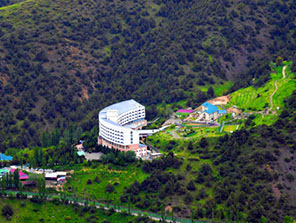
In the mountainous region of Jizzakh region of Uzbekistan is located Zaamin district, the center of which is the town of Zaamin.
Charming beauty of nature, coniferous forests, majesty of mountains, transparent air filled with aromas of mountain flowers and herbs make this place truly beautiful.

